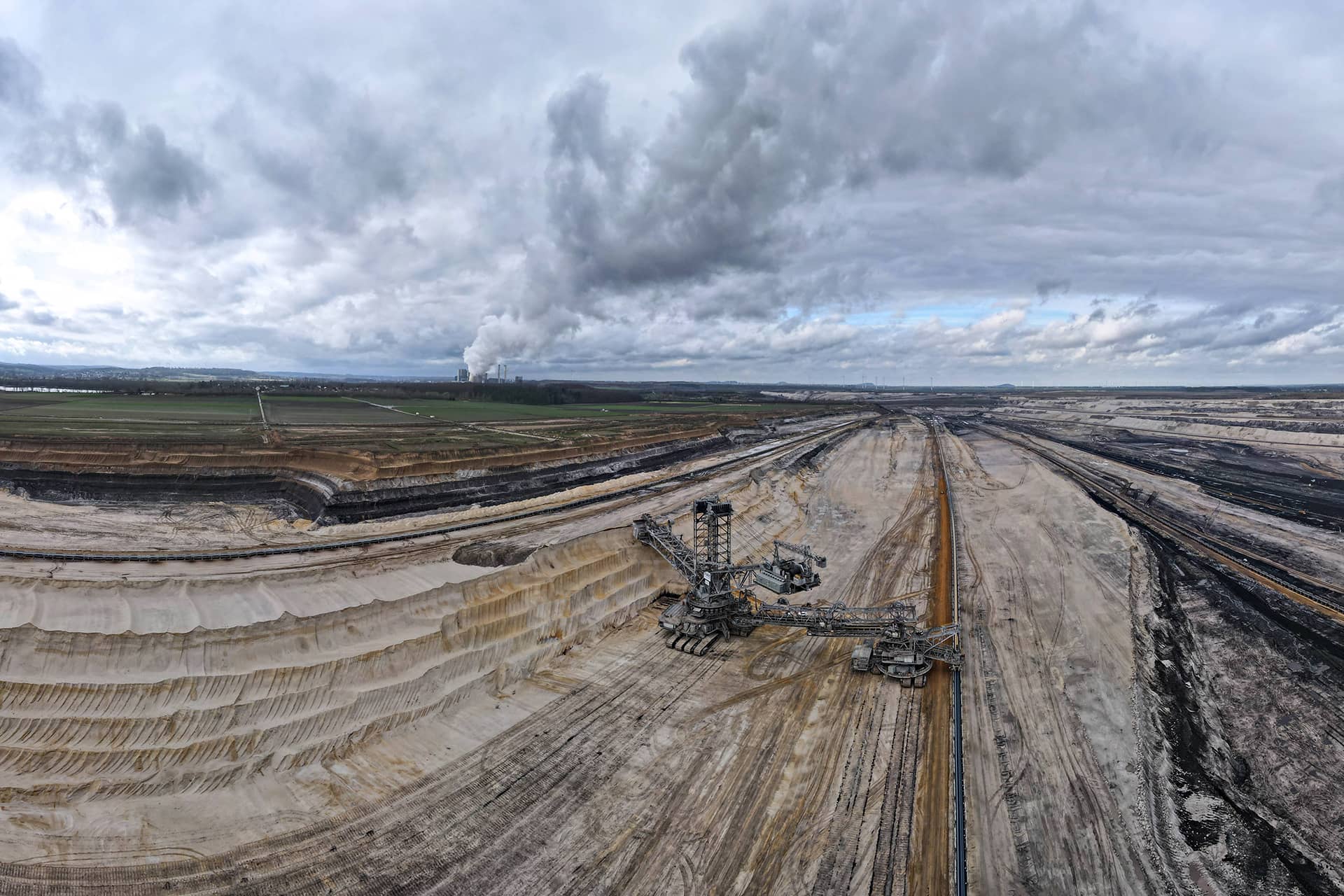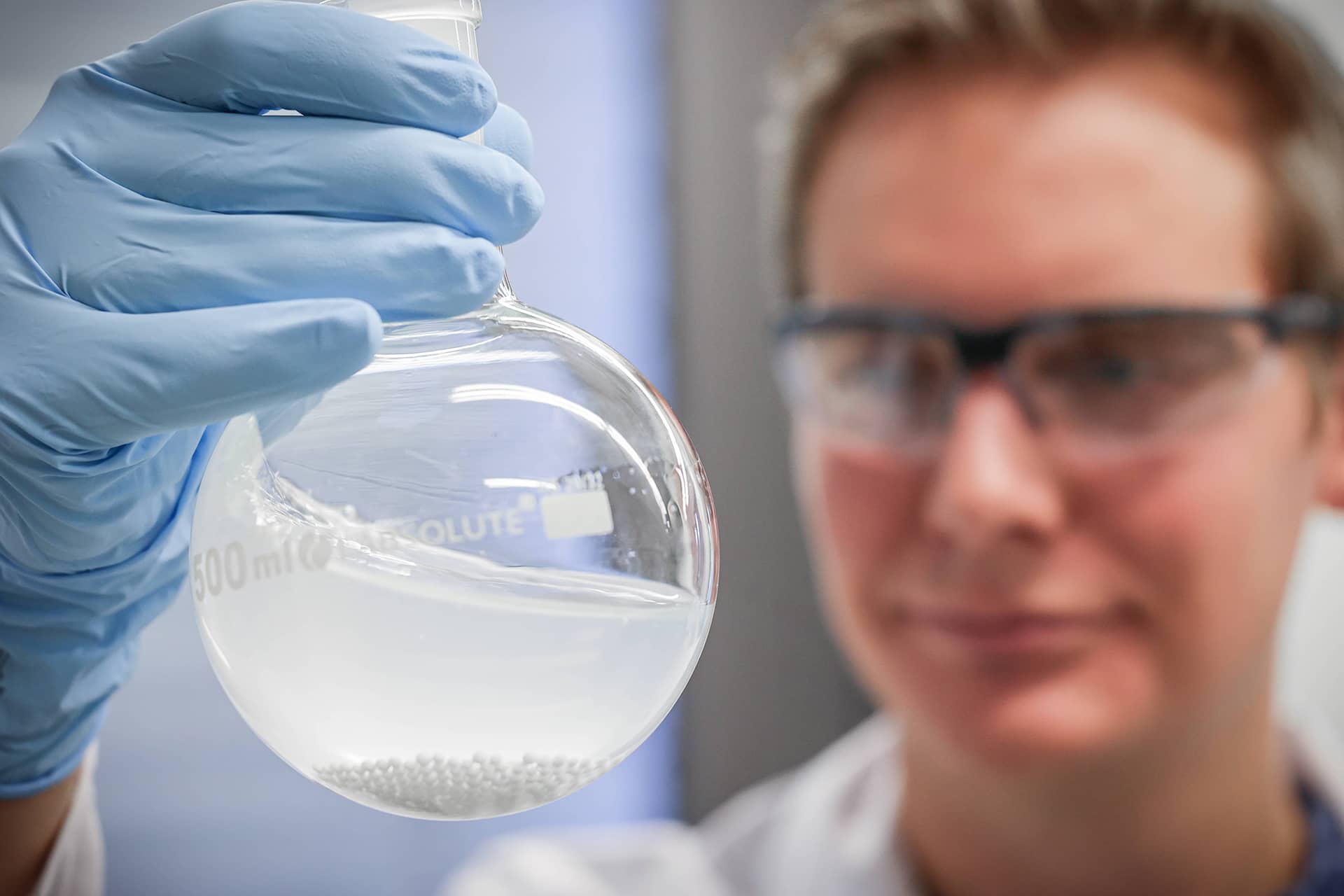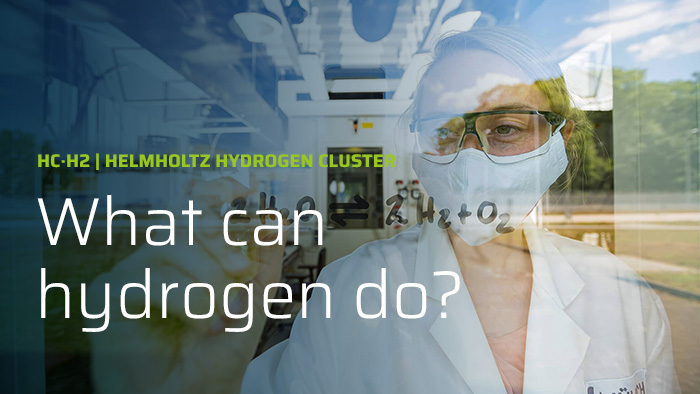Jülich is situated in the heart of the largest lignite mining area in Europe. The three still active opencast mines Hambach, Garzweiler, and Inden, as well as the power plants mean thousands of jobs and secure the electricity supply for many million people. Because lignite-fired power generation results in the emission of climate-changing gases such as CO2, Germany is phasing out this technology in order to make a contribution to the fight against global warming. Therefore, the Rhenish mining area must reinvent itself. HC-H2 is contributing to this by focusing on technologies that accelerate structural change in the Rhenish mining area and the energy transition in Germany. This is one reason why the use of existing infrastructure is important. In the future, new jobs will be created here, among other things, because technologies for climate-neutral energy will be developed, demonstrated on a large scale, and, ultimately, be exported. Hydrogen is one of the major key technologies here.
Structural change in the Rhenish mining area
Why here?

What role do we play in the energy transition?
Energy transition is the term for the plan to switch from fossil and climate-damaging energy sources such as coal, oil, and gas to regenerative sources such as solar, wind, and water energy. One of the key issues that must be resolved is how to store the energy. Whereas coal-fired power plants, for example, are operated around the clock and can thus supply electricity 24 hours a day, the sun does not shine all day, nor does the wind always blow. Therefore, the surpluses that can be generated from renewable sources must be stored. As with the renewable sources (sun, wind, water), there is no single, golden path for storage methods. Currently, work is being done at full speed on more climate-friendly batteries and heat storage systems, for example. Hydrogen will certainly be an important pillar of storage.
Researchers in Jülich are working on all the components of the so-called hydrogen value chain. They are constantly working on making photovoltaic systems more efficient in order to generate more electricity from sunlight. Others are researching on making electrolysis more efficient so that more green hydrogen can be produced from solar and wind energy. Still others aim to further optimize fuel cells so that in the future we can recover electricity from hydrogen even more efficiently during periods of little sun and low wind. INW and HC-H2 sit, figuratively speaking, between the electrolyzer and the fuel cell. We are working on making hydrogen available to everyday life as close as possible.
With the help of our technologies, we ensure that hydrogen can be stored and transported with as little effort as possible. INW founding director Prof. Dr. Peter Wasserscheid compares the idea of chemically storing hydrogen in a larger molecule with a deposit bottle. This is meant to be symbolic. Hydrogen is stored in the deposit bottle and thus functions either as a large seasonal storage tank or is transported to the end user in smaller batches. After the hydrogen has been released from the larger carrier molecule, it can be reloaded with hydrogen again, just like a deposit bottle.
We are working on various types of this deposit bottle so that everyone can use hydrogen without having to go to disproportionate technical expense. In addition, with our deposit bottle system, hydrogen should be safe and easy to handle.
Why us?
Forschungszentrum Jülich, which belongs to the Helmholtz Association, is located between the still active opencast mines Hambach, Garzweiler, and Inden. It is one of the world’s leading institutions in the fields of climate and energy research. The knowledge of how the energy of the future can be produced in a climate-neutral way is available here on site. In the Rhenish mining area, therefore, the past, present, and future of energy supply can all be found in one region. This is why the large-scale project Helmholtz Cluster for a Sustainable and Infrastructure-Compatible Hydrogen Economy (HC-H2) is emerging from Forschungszentrum Jülich. The people behind HC-H2 want to show how hydrogen can become a key to the climate-neutral and everyday future energy supply – and a job engine for the Rhenish mining area.



